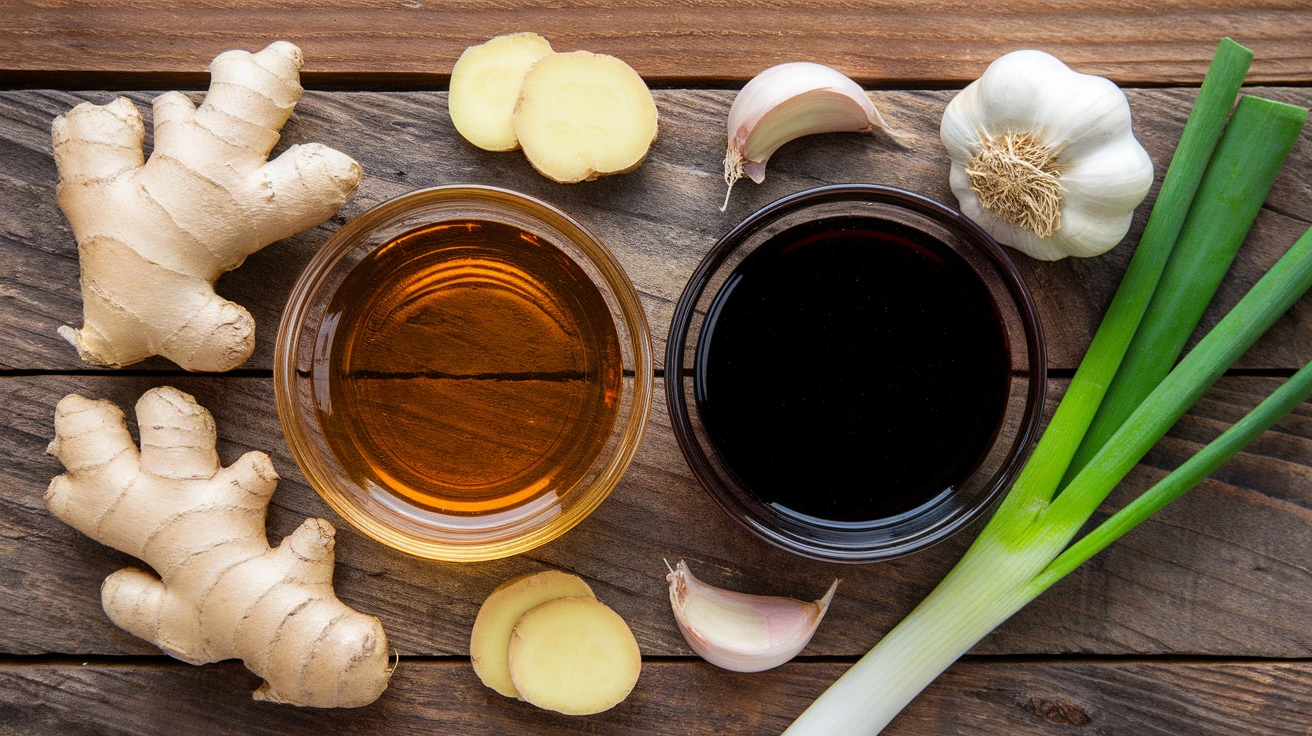Soy sauce is a kitchen staple in many households around the world. But if you’ve ever found yourself wondering, “What’s the difference between soy sauce and dark soy sauce?”, you’re not alone. While both provide the signature umami flavor, they offer distinct differences in taste, appearance, and culinary uses. In this article, we’ll explore the nuances between these two types of soy sauce and help you determine which one enhances your dishes better.
What is Soy Sauce?
Regular soy sauce, or light soy sauce, is a fermented condiment made from soybeans, wheat, salt, and water. The process of fermentation gives it a sharp, salty flavor that complements a wide variety of dishes. Its thinner texture and lighter color make it the go-to choice for dishes that require a more subtle seasoning. For more information on the fermentation process and its benefits, check out The Science of Soy Sauce.
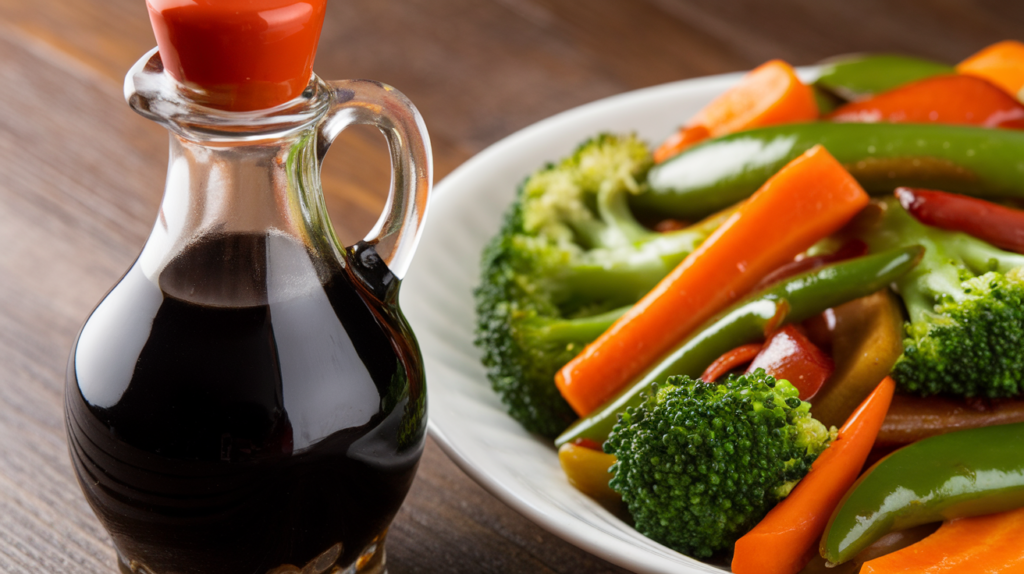
What is Dark Soy Sauce?
Dark soy sauce is fermented longer with molasses or caramel, creating a richer flavor, darker color, and thicker consistency. Its slight sweetness makes it perfect for hearty dishes, enhancing recipes like noodles and vegetable stews with a glossy, appetizing finish.
Want to experiment with dark soy sauce? Here’s a stir-fried noodle recipe that showcases its unique qualities.
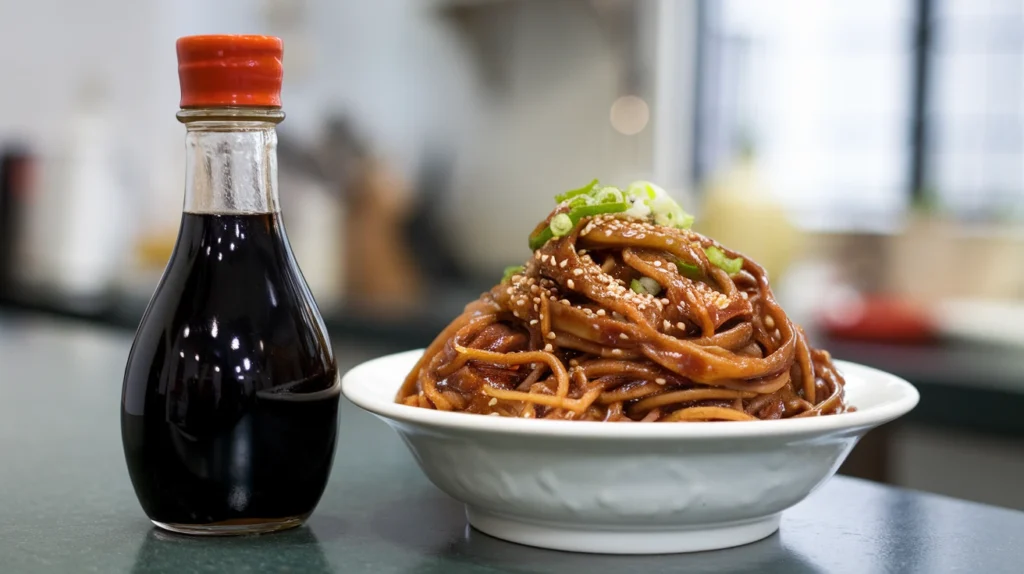
Flavor Profile: Soy Sauce vs Dark Soy Sauce
The primary difference lies in their flavor profile. Regular soy sauce has a sharper, saltier taste, perfect for light dishes. It provides that familiar umami kick without overpowering the ingredients.
In contrast, dark soy sauce offers a more balanced, sweeter umami flavor. Its deeper taste pairs well with rich, savory dishes. The addition of molasses or caramel creates a glossy finish, ideal for recipes like braised tofu or soy sauce chicken. For additional tips on using these sauces, this article on enhancing Asian recipes is a helpful resource.
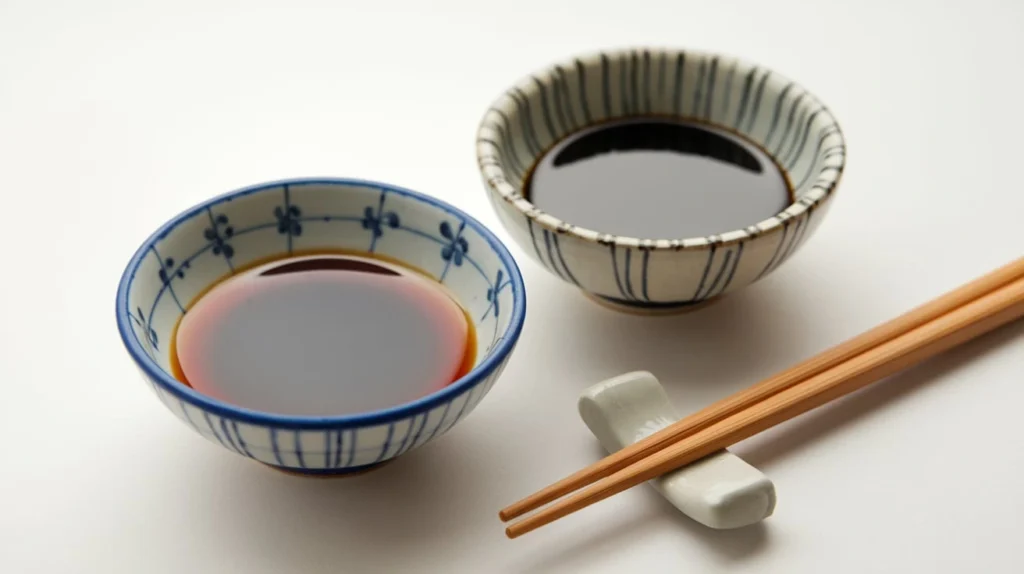
Culinary Uses of Soy Sauce
Regular soy sauce is incredibly versatile, perfect for stir-fries, soups, sushi, and marinades. Its lighter flavor allows it to enhance dishes without overwhelming other ingredients. For example, a quick stir-fry with soy sauce can transform simple vegetables into a delicious side dish.
If you’re interested in creating quick meals, try this 10-minute soy sauce stir-fry for inspiration.
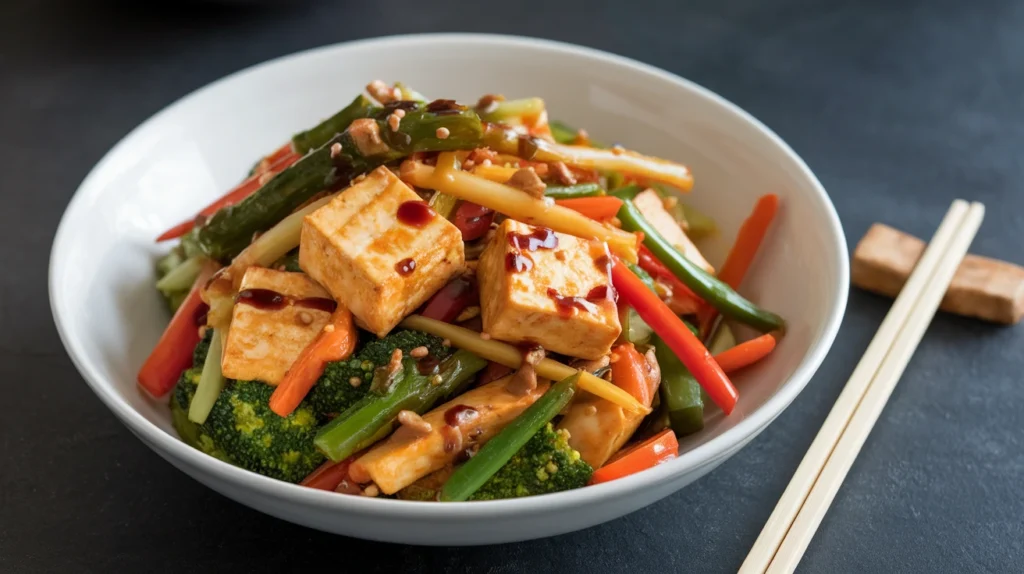
Culinary Uses of Dark Soy Sauce
Dark soy sauce shines in dishes that need depth, richness, and color. It’s perfect for braising, stews, and adding that extra oomph to stir-fries. The sweet, intense flavor enhances dishes like stir-fried beef or soy-glazed tofu.
To explore dark soy sauce’s potential, this guide on using it in recipes is a fantastic resource.
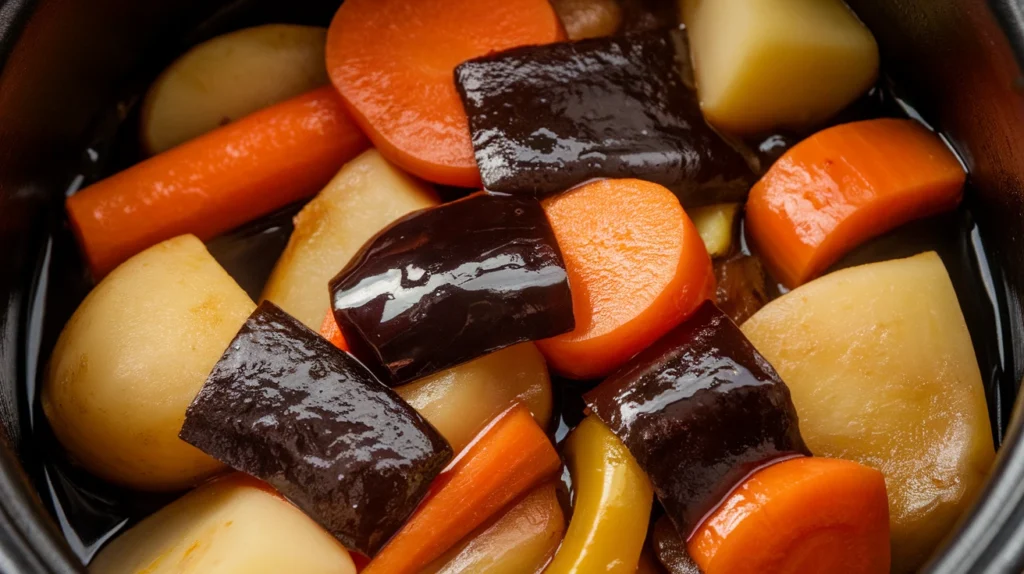
How to Choose Between Soy Sauce and Dark Soy Sauce?
When choosing between the two, consider the dish. Lighter recipes like sushi and soups benefit from regular soy sauce, while hearty dishes like stews or braises are best paired with dark soy sauce.
Conclusion: Which One Adds Better Flavor?
In the debate between soy sauce and dark soy sauce, the answer depends on the dish. Regular soy sauce excels in light, salty recipes, while dark soy sauce is perfect for rich, savory meals. Experiment with both to find your favorite flavor combination!
Enjoyed this article? Discover more exciting recipes below!
Ultimate Mac and Cheese
Cottage Cheese Pesto Pasta
Quick Cottage Cheese Pizza

